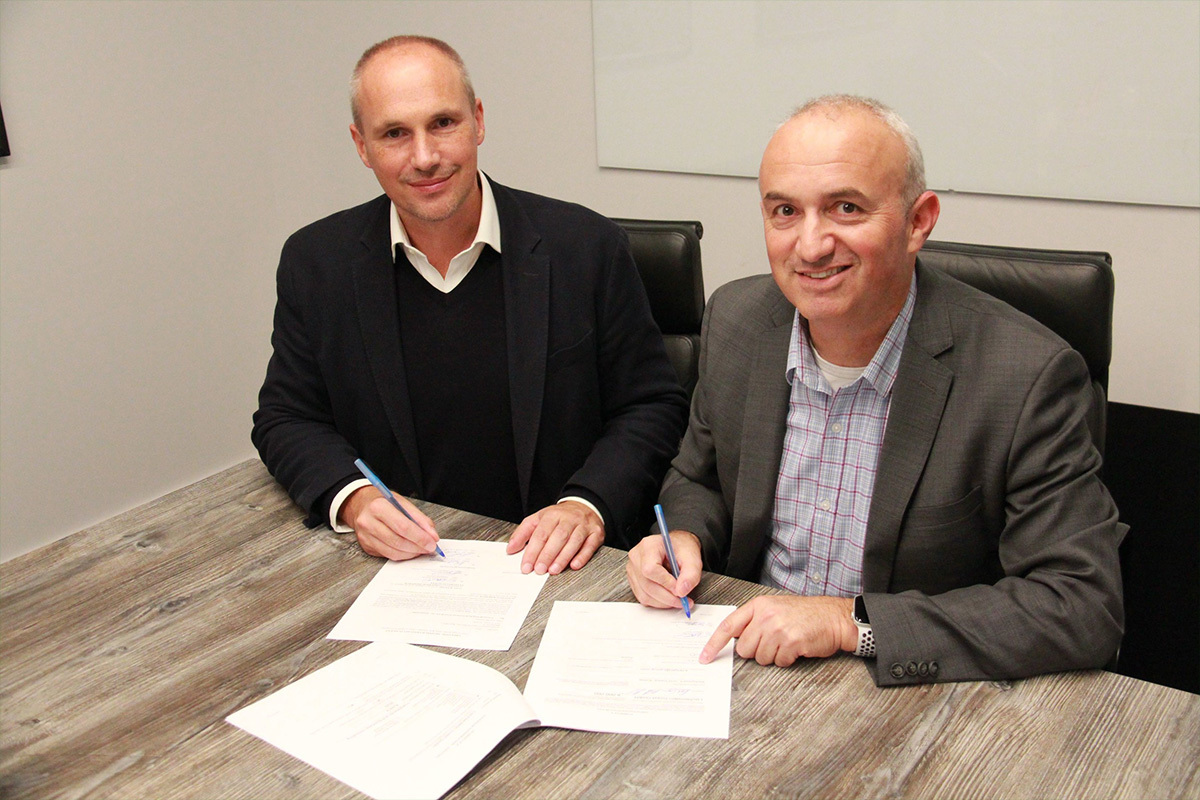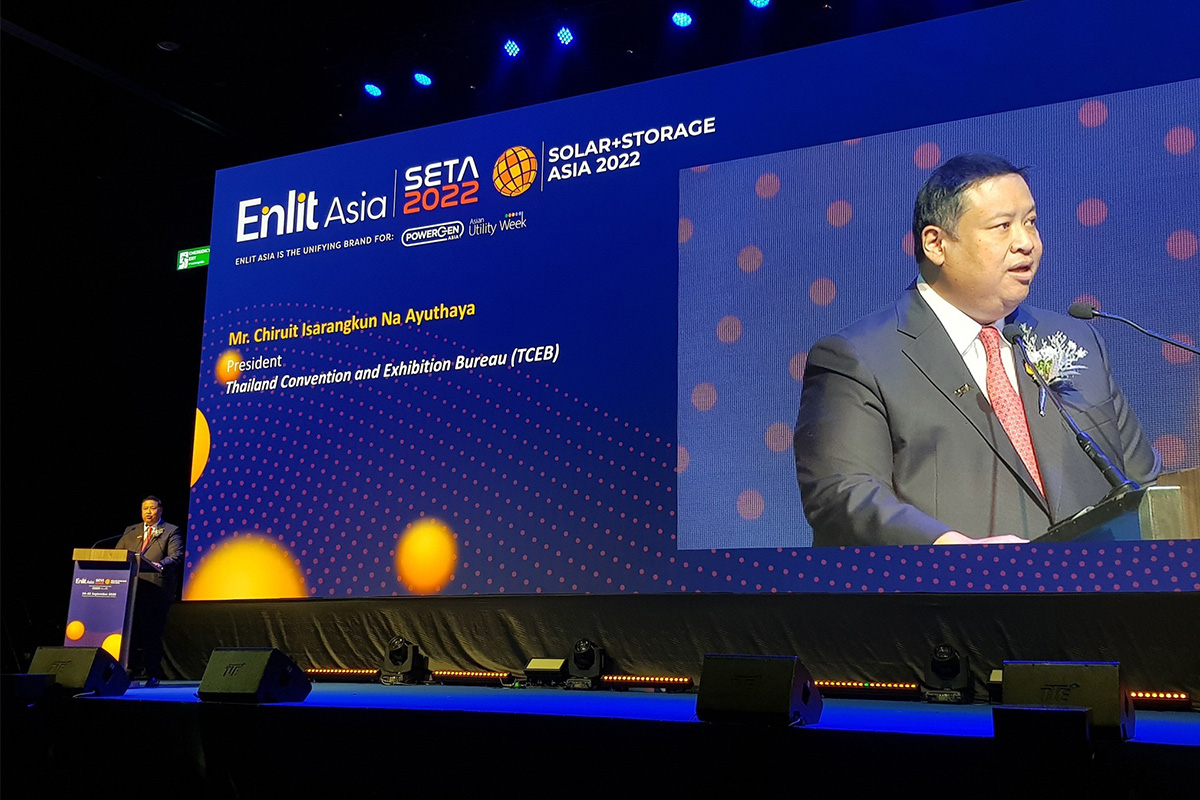The Liechtenstein Group, an investment group owned by the Princely House of Liechtenstein, has made a key investment in Greensoil PropTech Ventures Fund II, putting the $100 million PropTech investment fund on target for a Q4 closing.
Headquartered in Vienna, with real estate holdings in the United States and Europe, the Liechtenstein Group manages a portfolio of companies, operating globally in the sectors of Agriculture & Food, Forestry, Renewable Energy and Real Estate. The Liechtenstein Group’s investment in GSPV underscores a shared view that innovative concepts are necessary for a sustainable real estate sector and a commitment to its own diverse real estate holdings.
“The Liechtenstein Group rarely invests in venture capital funds,” said Prince Constantin of Liechtenstein, CEO and Managing Partner of the Liechtenstein Group. “We chose Greensoil PropTech Ventures because its goals align with the Liechtenstein Group’s vision to make real estate more sustainable through cutting-edge technologies.”
Based in Toronto, GSPV invests in early to mid-stage venture capital opportunities across the United States, Canada, Europe and Israel. Pioneers in PropTech, GSPV announced the launch of a second venture capital fund in March 2021, to leverage GSPV’s deep industry expertise with its ability to develop lasting partnerships and build businesses that will create more efficient and sustainable real estate across sectors.
“The Liechtenstein Group is known for taking a thoughtful, holistic approach to increasing sustainability in real estate, agriculture and other key sectors,” said Gideon Soesman, Co-Founder and Managing Partner of Greensoil Investments. “We are pleased to work with an entity whose culture is so deeply rooted in sustainability and innovation.”
The Liechtenstein Group’s investment comes amid a series of fundraising and investment activities by GSPV. Since GSPV Fund II’s March 2021 launch announcement, the fund has invested in six portfolio companies, including Oxygen8, Wynd, Home365, Miru, Intelligent City and Ivy Energy.
Oxygen8 of Vancouver is a manufacturer of compact, high-efficiency HVAC and Energy Recovery Ventilation Systems that continuously draw in fresh air and use cutting-edge heat exchanger technology to recapture energy from the exhaust air.
Wynd Technologies Inc. is a San Carlos, Calif.-maker of indoor air monitoring and purification technologies that detect, predict and remediate issues with proprietary, AI-powered software, sensors and analytics. Wynd’s air purification technology also can be integrated with major HVAC systems and other products offering air purification solutions.
Home365 is a Palo Alto, Calif.-based tech- and data-driven residential property management platform. Home365’s premium OneRate service, its flagship product, uses internet-enabled sensors, artificial intelligence and modeling software to reduce the cost and carbon footprint of residential rental properties.
Miru Smart Technologies of Vancouver is bringing next-generation electrochromic windows to the residential and commercial real estate markets, blocking unwanted UV rays and controlling building temperatures with automated tinting. Miru’s glass also could extend the battery life of electric vehicles by reducing the energy needed to heat and cool cars, which could allow vehicles to travel up to 10% farther.
Ivy Energy, out of San Diego, Calif., has pioneered technology that allows residential property owners and tenants to use solar power for apartment buildings and townhomes. The firm’s software tracks and bills for solar energy usage, while rewarding tenants’ power-usage decisions to create efficiencies and cost savings.
Intelligent City of Vancouver is a modular construction company full of architects, designers and engineers. The firm uses proprietary software to create customized housing and commercial buildings of up to 18 stories with mass timber. Intelligent City expedites and simplifies construction, radically reducing costs and greenhouse emissions.
Greensoil Investments also recently released its Impact Report 2022, a comprehensive white paper chronicling the growth of mission-driven investing in AgTech, FoodTech and PropTech companies that are facilitating the smarter, more efficient use of energy, water and land.
Established in 2011, Greensoil Investments has launched two Greensoil Agro & Food Technologies Funds (GAFT I in 2011, GAFT II in 2013) raising a total of $40 million, in addition to establishing the $59 million Greensoil Building Innovation Fund (GBIF) in 2015 and Greensoil PropTech Ventures II (GSPV II) in 2020.











